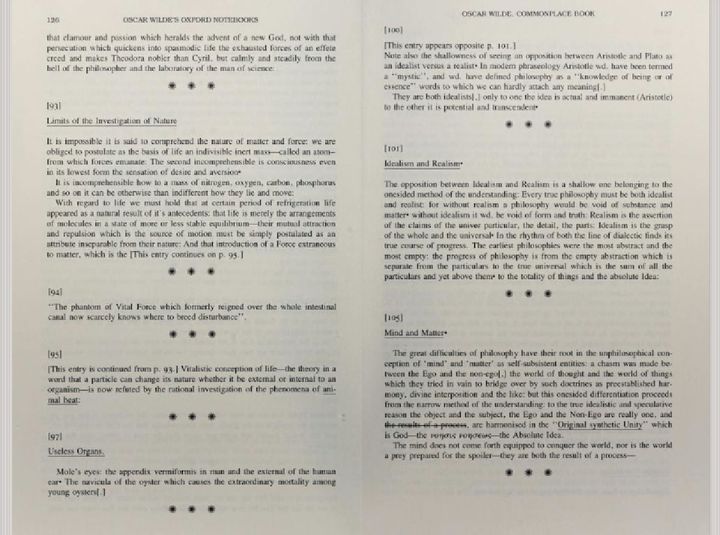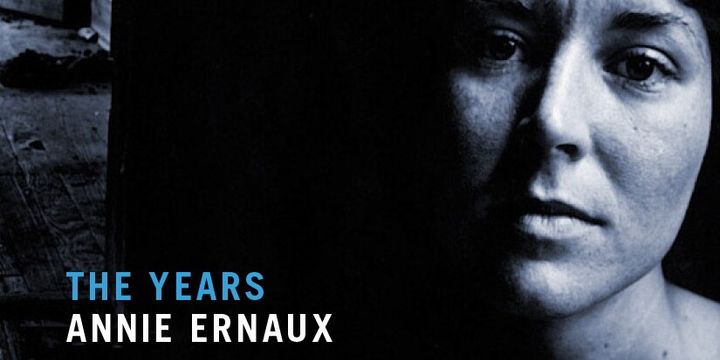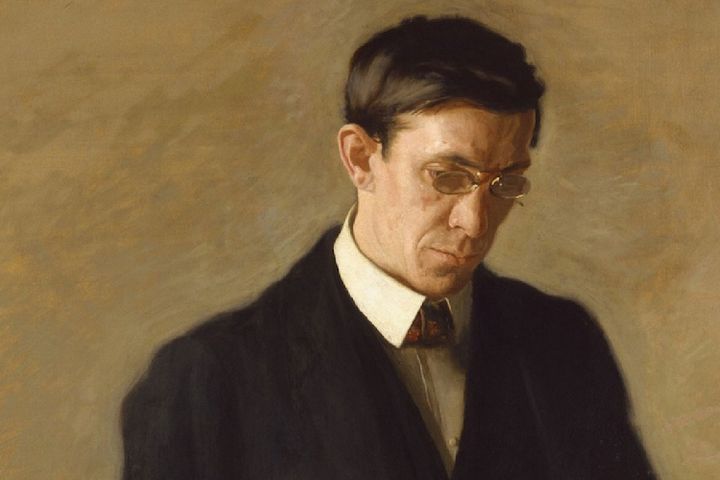On "Where the Wild Things Are"

In one of his interviews, Maurice Sendak, the writer and the illustrator of "Where the Wild Things Are," told that he doesn't start writing with the intention of creating a children's book. As "Where the Wild Things Are" is one of the first examples of fantasy in children's books, it provides a transparent transition between reality and imagination. It is possible to think about the story as a supernatural event Max experiences, but Maurice Sendak leaves lots of evidence that confirms the events as happening in Max's imagination. Thus, he blends reality and imagination and defines the relationship between the two through the character of Max.
The transition between reality and Max's imagination reflects children's mind state. Jeanne McLain Harms' article "Children's Responses to Fantasy in Literature" focuses on this matter. She conducts a research on thirty children of different ages and finds that children younger than six years old can't comprehend shifts in fantasy and realism while they are able to understand the two concepts separately. For further information, the method of research and results are explained in detail in the article. Max's adventure to "Where the Wild Things Are" also demonstrates this concept of reality and fantasy getting blended and a child's ability to move between the two worlds in a matter of seconds.
Even though Sendak doesn't just articulate that the story takes place in Max's imagination, the details and the illustrations in the story hint to that conclusion. The fact that Max finds his meal still hot after he supposedly travels for almost a year obviously shows that the journey took place only in a couple of seconds. Still, for some readers, his journey might still mean that he actually traveled to another fantasy world. Another hint that shows the journey was in Max's imagination is the drawing on the wall that's signed Max when Max was chasing a dog in one of the illustrations. The creature in the drawing is very similar to the creatures in "Where the Wild Things Are" which shows Max transfered his imagination to a drawing earlier. With details like these, Sendak suggests that the story is in Max's imagination while not ending the possibility of the journey being to an actual fantasy world.
If we choose to read the story as Max's imagination, it reveals so much about Max. Even the existence of such a distinct place that's identified by the community in it, the wild things, matters. At the beginning of the story, his mother calls Max "wild thing" and sends him to his room. His identification of the imaginary place in his mind being "Where the Wild Things Are" indicates he might feel solitary or out of place, wanting to travel to a place with creatures he identifies with. R. Craig Roney draws a table that lists the function of fantasy in children's literature and the particular books that correspond with those functions in which "Where the Wild Things Are" categorized as "distracting." That suggests Max's imagination is a way of distraction from possible boringness, loneliness or disappointment of reality. That may sound like a pessimistic point of view to Max's story, but the dark colors Sendak uses in his illustrations which we are not used to seeing in children's books supports this claim.
Still considering the story to be in Max's imagination, Sendaks illustrates its influence on Max. Art instructor Paula Eubanks draws attention to the layout of illustrations on the pages of the book and likens Maurice Sendak's illustrations in "Where the Wild Things Are" to a cinematograph's use of zoom lens. The illustration that covers a small area on the page at the beginning of the story starts widening the moment Max's room turns into a forest. As Max's imagination widens, the illustrations also widen to cover the whole page. As Max dives into his imagination, the texts disappear and the illustration covers the whole two pages of the book. At the end of the story when Max is back in his room, the room covers a bigger area than it did in the beginning of the story. He is illustrated with the happiness of coming back home on his face. With that, the writer suggests the relaxation of escaping the difficulties of daily life and the widening of Max's point of view in reality.
As the story allows for different understandings, I choose to follow some hints that lead to the story being imaginary. This way, the story follows a child's wondering between reality and imagination and shows how the two are related in understanding Max.
Works Cited
Harms, Jeanne McLain. “Children's Responses to Fantasy in Literature.” Language Arts, vol. 52, no. 7, 1975, pp. 942–946. JSTOR, www.jstor.org/stable/41961223.
“Questions to an Artist Who Is Also an Author: A Conversation between Maurice Sendak and Virginia Haviland.” The Quarterly Journal of the Library of Congress, vol. 28, no. 4, 1971, pp. 262–280. JSTOR, www.jstor.org/stable/29781488.
Roney, R. Craig. “Fantasizing As a Motif in Children's Realistic
Literature.” Language Arts, vol. 60, no. 4, 1983, pp. 447–455. JSTOR,
www.jstor.org/stable/41961488.
Eubanks, Paula. “Learning to Be a Connoisseur of Books: Understanding Picture Books as an Art Medium.” Art Education, vol. 52, no. 6, 1999, pp. 38–44. JSTOR, www.jstor.org/stable/3193794.


